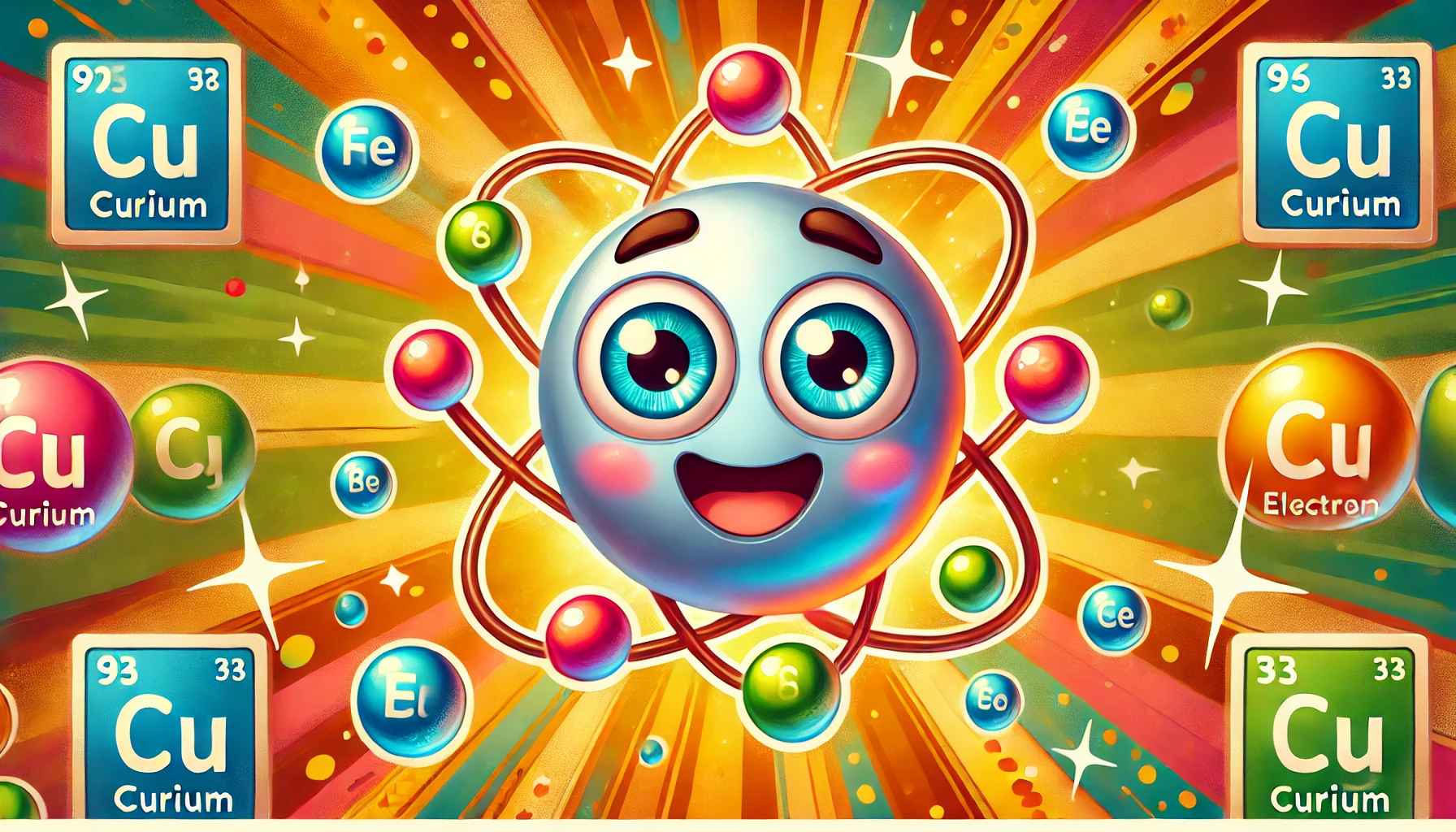Understanding Curium: Properties, Uses, Health Risks, and Fascinating Facts
Understanding Curium: Properties, Uses, Health Risks, and Fascinating Facts
Table of Contents
- Introduction to Curium
- Properties of Curium
- Uses of Curium
- Health Risks of Curium Exposure
- Interesting Facts about Curium
- Environmental Impact of Curium
- Conclusion
- References
Understanding Curium: Properties, Uses, Health Risks, and Fascinating Facts
Introduction to Curium Curium is a chemical element with the symbol Cm and atomic number 96. It is a highly radioactive metal in the actinide series, named after Marie and Pierre Curie. This article explores the properties, uses, health risks, and interesting facts associated with curium, providing a comprehensive understanding of this significant element.
Properties of Curium Curium is characterized by several distinct physical and chemical properties.
Physical Properties
- Appearance: Curium is a hard, dense, silvery metal that tarnishes slowly in air.
- Density: The density of curium is 13.51 g/cm³.
- Melting Point: Curium has a melting point of 1,341°C (2,446°F).
- Boiling Point: The boiling point of curium is 3,110°C (5,630°F).
Chemical Properties
- Reactivity: Curium is chemically reactive and can form compounds with various elements, including oxygen, fluorine, and chlorine.
- Compounds: Curium forms various compounds, such as curium dioxide (CmO₂), curium trifluoride (CmF₃), and curium trichloride (CmCl₃).
Uses of Curium Curium has several applications, particularly in scientific research and space exploration.
Scientific Research
- Neutron Sources: Curium isotopes, especially curium-244, are used as neutron sources in scientific research and in neutron radiography.
- Alpha Particle Spectroscopy: Curium is used in alpha particle spectroscopy for studying nuclear reactions and material properties.
Space Exploration
- Radioisotope Thermoelectric Generators (RTGs): Curium-244 is used in RTGs to provide power for space missions. Its decay heat is converted into electricity, enabling long-duration missions in space.
Industrial Applications
- Portable Neutron Sources: Curium is used in portable neutron sources for detecting moisture content in soil and other materials.
Health Risks of Curium Exposure Curium is highly radioactive, and exposure can pose significant health risks.
Inhalation and Ingestion
- Radiation Poisoning: Inhalation or ingestion of curium can cause severe radiation poisoning, with symptoms including nausea, vomiting, hair loss, and damage to internal organs.
- Bone and Liver Accumulation: Curium can accumulate in the bones, liver, and lungs, increasing the risk of cancer and other health issues.
Skin and Eye Contact
- Radiation Burns: Direct contact with curium can cause severe radiation burns on the skin.
- Eye Damage: Exposure to curium dust or vapors can cause eye damage and potential blindness.
Chronic Exposure
- Cancer Risk: Prolonged exposure to curium increases the risk of developing various cancers due to its high radioactivity.
Interesting Facts about Curium Curium has several intriguing aspects that make it an interesting element.
Discovery
- Discovered in 1944: Curium was discovered by a team of scientists led by Glenn T. Seaborg, Albert Ghiorso, and James. It was produced by bombarding plutonium-239 with alpha particles.
Unique Properties
- Radioactivity: Curium is highly radioactive, with several isotopes that are important for various applications.
- Heat Generation: Curium isotopes, particularly curium-244, generate significant heat due to their radioactivity, making them useful for RTGs.
Isotopes
- Radioactive Isotopes: Curium has no stable isotopes. The most common isotopes are curium-242, curium-243, and curium-244, each with distinct uses in technology and research.
Environmental Impact of Curium Curium is highly toxic to the environment and can pose significant risks to ecosystems and human health.
Natural Occurrence
- Abundance: Curium does not occur naturally and is produced synthetically in nuclear reactors.
- Production: Curium is often produced as a byproduct of plutonium production and other nuclear processes.
Pollution and Bioaccumulation
- Environmental Pollution: Curium can enter the environment through nuclear testing, industrial emissions, and improper disposal of radioactive materials.
- Bioaccumulation: Curium can accumulate in the food chain, posing risks to wildlife and humans who consume contaminated food and water.
Waste Management
- Nuclear Waste: Curium is a component of nuclear waste and poses long-term storage challenges due to its long half-life and high radioactivity. Effective management and containment strategies are crucial to mitigate its environmental impact.
Conclusion Understanding curium, its properties, uses, health risks, and interesting facts provides valuable insight into this significant element. While curium has crucial applications, particularly in scientific research and space exploration, its high radioactivity and associated health risks necessitate careful handling and responsible management. Ongoing research and advancements in technology continue to shed light on the complexities and potential uses of curium in modern science and industry.

<ⓒ WizardMedics (wizardmedics.com)>


